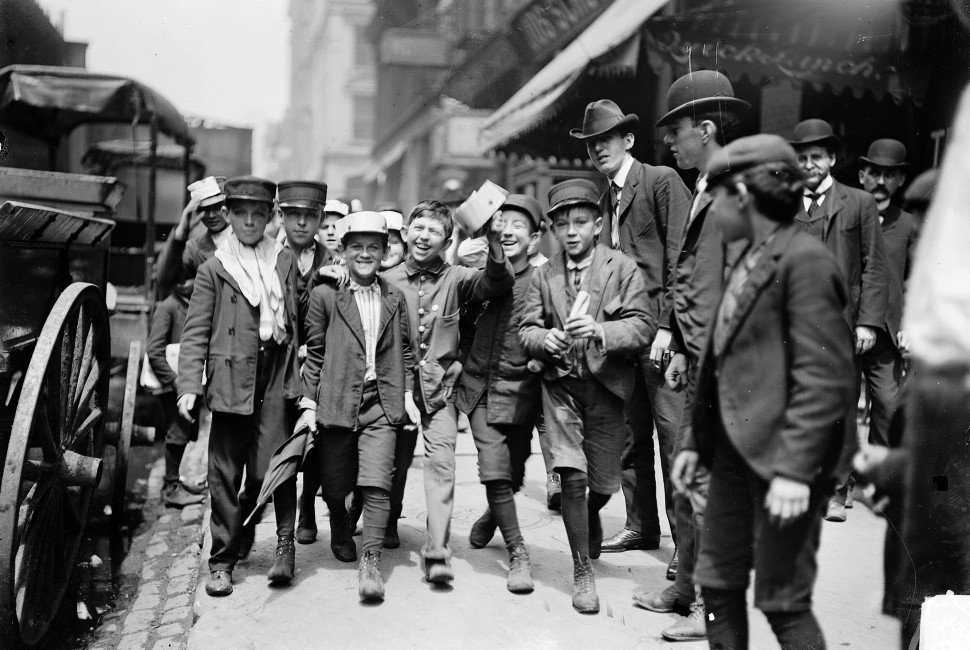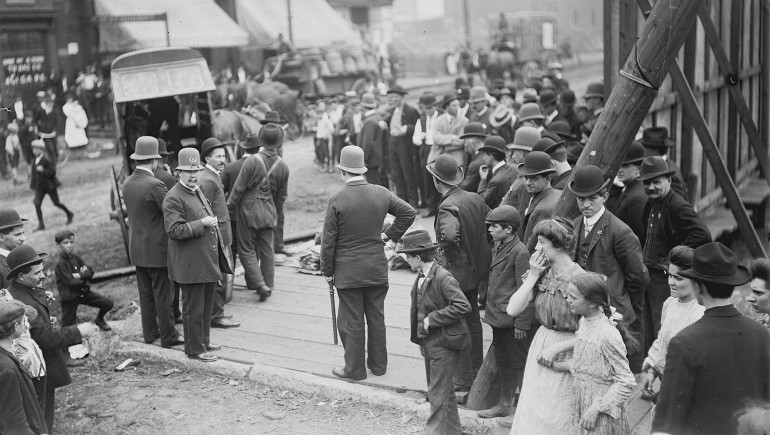When Northwestern University’s Leigh Bienen launched Homicide in Chicago,1870-1930 in 2004, the website crashed the School of Communication’s servers the first weekend it went live. The site had more than 70,000 visitors in its first few days, following coverage in the Chicago Sun-Times. The interactive site now has logged more than 1.5 million visitors over the past 20 years.
The project began with the discovery of a rich log of more than 11,000 homicides maintained consistently and without interruption by the Chicago Police Department over the course of 60 years, from 1870 to 1930. From 1998 to 2003, Bienen, now senior lecturer emerita at Northwestern Pritzker School of Law, worked to make the archive of materials accessible to the public, and the Chicago Historical Homicide Project was born, culminating in the creation of the website.
Bienen followed this with Florence Kelley in Chicago 1891-1899, a digital archive on the life and times of one of Chicago's great hidden treasures, the first woman factory inspector in the United States and a resident of Hull House.
Since then Bienen has launched several companion websites including 2003 Chicago Murders, Illinois Judges 2015 and Illinois Murder Indictments 2000-2010.
Bienen has long said the purpose of these sites is to spur additional research by making the raw data available.
Bienen now has curated many of her projects on a new website Leigh Buchanan Bienen: Works, which serves as a hub for the Homicide in Chicago database, 50 publications, 27 videos and seven other websites focused on Chicago and Illinois legal history. The Homicide in Chicago and Florence Kelley websites are part of University Library’s permanent collections and reportedly two of the most visited faculty websites at Northwestern.
A writer, advocate and teacher whose areas of expertise include capital punishment, sex crimes and legal reform, Bienen recently spoke with Northwestern Now about how the popularity of websites has changed over time and the motivation behind her new site.
What was it about the homicide site that drew such large audiences, and what made the experience so meaningful for many of those visitors?
Aside from Chicago’s history as a murder capital and people’s fascination with murder, what made the website so compelling was the ability to interact with it on a highly personal level. The interactive database created the ability to search the thousands of records using date, location — for example, Ashland Avenue — and, most importantly, names of victims or defendants. We have hundreds of emails from descendants who discovered, for better or worse, the details behind the family secrets.



